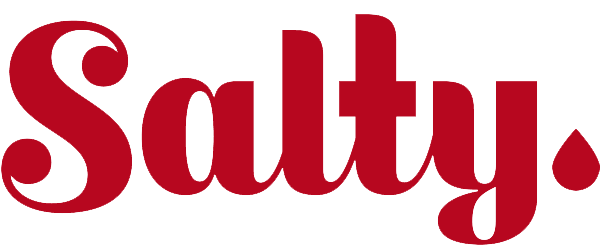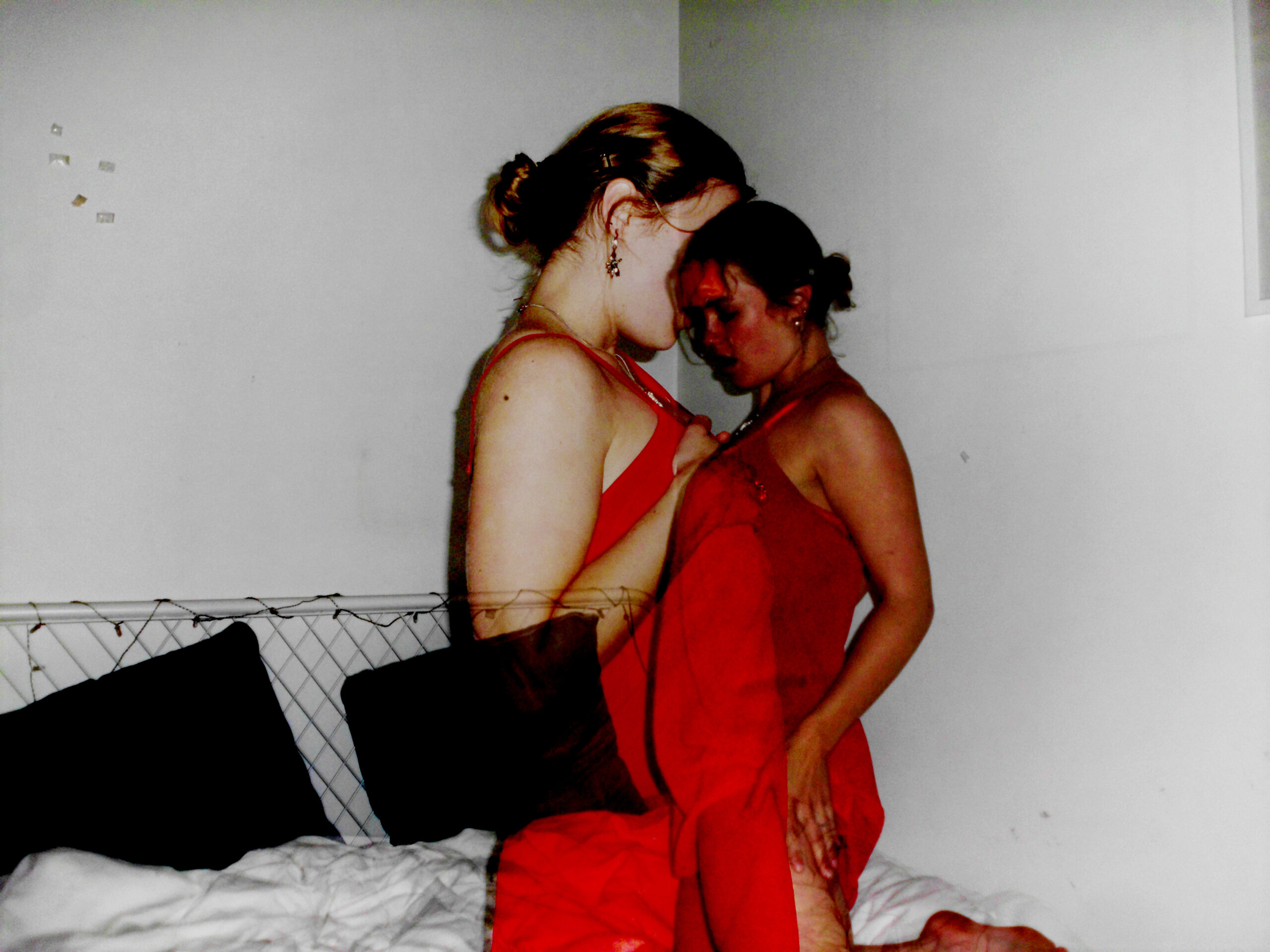Author: Maya Walsh-Little
Art: @saidaragas
“We have something we wanted to tell you. We’re queer.”
This was my first formal introduction to coming out—my sister, fifteen, and me, seventeen, sitting at my childhood dining room table across from the rest of our family, telling them over dinner about our queerness. It wouldn’t be the last time my sister and I made a dinnertime declaration about our sexuality, but seeing our parents’ nods of approval and enthusiastic questions brought a sense of comfort to that first time.
I couldn’t tell you exactly when I knew I was queer, or when my sister and I first recognized it in each other, but it probably happened somewhere between the many listens to Kehlani songs and the countless views of the “Girls Like Girls” music video. My sisters and I have always been extensions of one another, each one a drop of water moved by the same current. My relationship to myself has always been filtered through the lens of being a big sister, so when my middle sister and I were ready to live our lives as out queer people, I knew we’d do it together.
After telling my family, I moved on to my best friends. Being the first one to come out was as nerve-wracking as it was exciting. A few weeks later, they returned the favor by confessing that they were also queer. These were my first formative experiences with the mysticism and importance of queer mirrors. Being able to see yourself as parallel to someone else can be one of the most valuable parts of identity formation, and I began to notice this pattern again and again as my relationship with queerness deepened.
“Being able to see yourself as parallel to someone else can be one of the most valuable parts of identity formation.”
In our first year of college, that same best friend came out to me—again—as a lesbian. I wasn’t surprised, but I was in awe of her clarity and self-awareness. This was the moment I began to feel more conscious of my own lesbianism. I started to see glimmers of myself reflected back through the queer people around me. Over the next three years, she taught me countless lessons about deconstructing my own ideas of what love, life, and the world had to be. But I don’t think she did this knowingly. Simply watching her live as her true self helped me imagine how I could live as mine. Her joy and freedom made it harder and harder to ignore the mirror that had always been right in front of me.
Over time, the fog began to lift, and I saw my lesbianism more clearly. When it finally clicked one cold February day, I called her to share the realization and felt a wave of déjà vu—she wasn’t surprised. I understood then that my world of queer mirrors had given me spectatorship over my own life, and loving the queer people around me became a way to love and recognize myself. I felt the cool relief wash over me when she told me that coming out as a lesbian can feel like realizing you never have to take a test again. I held onto those words for years until I finally understood them.
“Loving the queer people around me became a way to love and recognize myself.” “Now, when I look in the mirror… I don’t just see myself—I see an infinite future.”
Later, when I told my sister the same news, I heard those words echoed back as she revealed she was having kindred thoughts. In that moment, I saw the endless loop of queer discovery repeating itself once again. Over time, growing into a lesbian identity with my sister became a kind of secret language we shared. Our lives served as portals into each other’s experiences, making the trials and triumphs of love, loss, and identity formation a space for mutual growth. As I embraced this closeness, I felt my confidence bloom. Witnessing the expansiveness of queer joy in my friends and family gave me a broader view of my own life.
Because what are mirrors, really, if not a way to locate yourself in the ever-shifting flow of time? Seeing myself reflected in my sister and best friend stirred a deep, physical awareness of who I was. I see it happen again and again for others. That mirroring nurtured a sense of belonging—not just in my community, but within myself. I’ve come to believe that the mirrors in our lives help quiet the noise, letting our surroundings rise into focus. In this way, mirrors become tools for worldbuilding. Light and clarity reshape your sense of self, as the people around you reflect back the parts that are hardest to see on your own.
So often, we think it’s romantic relationships that define our identities and offer insight into our sexuality. But for me, it was friendship and sisterhood with other lesbians that allowed me to understand myself in the most profound ways. These relationships helped me unearth the deepest parts of who I am, just as I hope to do for others who are still searching for a path inward. Now, when I look in the mirror and see the framed image of my life, I don’t just see myself. I see the face of my sister, my best friend, my girlfriend, and my community. I see an infinite future.
About the Author:
Originally from Baltimore, Maya is an Aries sex educator and writer living in Brooklyn, NY. Her passion is to make sexual education accessible for all people through teaching about pleasure, identity, safety, and queerness. She loves reality tv, the fall season, and cooking for her friends, family, and girlfriend.
Find them here: Maya Walsh-Little

